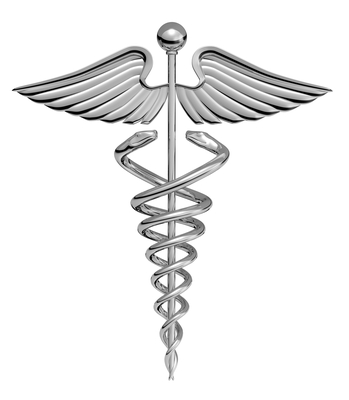The science of predictive analytics has become all the rage in the business world. There’s even an eponymous website that’s completely dedicated to the concept. In many industries, the processes involved allow businesses to make decisions proactively by collating and analyzing existing data instead of reacting to the same data after the fact. In the healthcare field, such data analysis is crucial to both supporting the delivery of care and in helping with diagnoses.
The World of Medicine in 2017
While no system can substitute for the judgment of doctors, predictive analytics is leading to a paradigm shift in how such doctors practice medicine. Instead of doing lab tests, asking questions about chronic diseases, and studying the effects of family history on individuals that might or might not inherit a disease, all of which are reactive methods, doctors can now harness 21st-century computing power to study a person’s genetic codes and predispositions and develop preventative strategies.
An Example of Predictive Analytics in Action
Let’s consider a sample patient who suffers from hypertension. Our sample patient also suffers from asthma, which would preclude the use of beta blockers, such as labetolol. Instead, such patients can be treated much more safely with a diruetic, such as hydrochlorothiazide, instead of a beta blocker. Traditionally, the doctor would interview the patient and perform time-consuming laboratory tests to determine if he or she had asthma.
In this case, were the doctor to have comprehensive predictive analytical data based on the patient’s genetics, he or she could make a decision about which antihypertensive to prescribe even before seeing the patient, which would save enormous amounts of time and deliver care to the patient much more quickly than before.
Essential Nonmedical Uses
When it comes to topics other than the delivery of care itself, big data is equally necessary. Doctors need equipment with which they can assess patient health, perform procedures, and make diagnoses. Hospital administrators can analyze how such devices are used, how quickly they wear out or break down, and how much they cost to replace. Over time, they can use the gathered data to predict when a certain item will fail and replace it before that happens. They can also predict when the hospital will need to replenish its supply of certain drugs or other medical supplies, including something as simple as tongue depressors.
At the top of the big-data spectrum, policy makers for municipalities, counties, states, and even the United States itself can make decisions on how much funding to provide for hospitals and other institutions in the field of medicine. The Department of Health and Human Services studies such analytics before making proactive decisions about Medicare and Medicaid. MEDai launched Pinpoint Review™ eight years ago to foster the use of just such analytics in partnerships between federal, state, and local governments to create a better healthcare system nationwide.
Conclusion
The days of reacting to both logistical problems and situations with patients are gone. Logistics and medical experts are now crunching exabytes of data to make timely and accurate decisions and improve the state of affairs for everyone.
See also: Top 10 Online Master’s in Health Informatics Degree Programs
